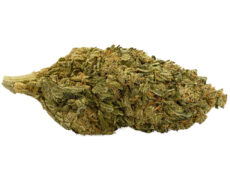Modified on: 19/04/2024
THESE ARE THE FIVE CANNABIS-LIKE PLANTS THAT YOU (PERHAPS) DON’T KNOW
If you have decided to open this article, it is because you would also like to know which are the most common cannabis-like plants.
In this article we will see what they are and how to distinguish them correctly.
-
 SMALL & BIG
SMALL & BIGBUBBLEGUM
Indoor | CBD – CBDA<22%
Starting from:EASTER SALE -10%
1,25CHF1,10CHF/gGrams3 5 10 20 50 100 -


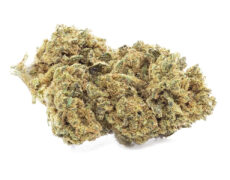
DO SI DOS
Starting from: 2,00CHF/gIndoor | CBD – CBDA < 19%
Grams3 5 10 20 50 100 -


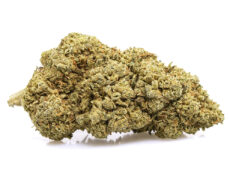
ROYAL GG#4
Starting from: 2,30CHF/gIndoor | CBD – CBDA < 40%
Grams3 5 10 20 50 100 -


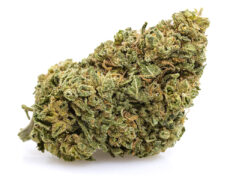
GORILLA GLUE
Starting from: 2,90CHF/gIndoor | CBD – CBDA < 20%
Grams3 5 10 20 50 100
Enjoy reading!
1. Japanese maple (Acer palmatum)
The Japanese maple is a popular ornamental tree native from Asia that is commonly mistaken for a marijuana plant, especially when it is a very young sapling.
At this early stage of growth, the stem of the tree is still very slender and curved, with glossy green leaves resembling the compound palmate leaves of Cannabis sativa (or CBD Cannabis Sativa). Like cannabis leaves, Japanese maple leaves also have a jagged edge.
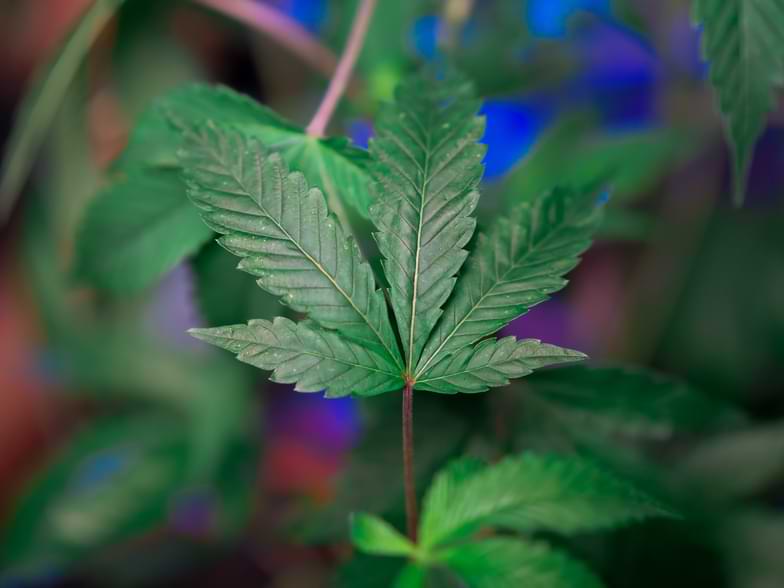

However, the similarities between the Japanese maple and the cannabis plant end there.
In late spring and summer, the leaves of Acer palmatum often turn red, pink, and purple. After the first growing season, the stem becomes woody and thickens into a tree trunk.
Finally, the leaves of the Japanese maple are hairless (glabrous), unlike those of cannabis that are covered with fine hairs.
Also read: Can cannabis cause tachycardia? Let’s hear what science says
2. Southern Marigold (Tagetes minuta)
The southern marigold, also known as Muster-John-Henry, is native to Central America and is used for culinary and medicinal purposes. However, this shrub spreads easily and is often considered a weed, growing rapidly on cultivated or disturbed land.
It can grow near crops, vegetables, pastures, orchards, and abandoned lots.
As a seedling, the marigold closely resembles the marijuana plant. It has elongated leaves, finely serrated at the edges; Furthermore, both plants can reach similar sizes.
Despite the similarities, there are several ways to easily tell marigolds from marijuana.
Marigolds produce small yellow flowers, while marijuana produces green and purple buds. Second, marigold leaves are not a structure composed of leaflets: each leaf is separately attached to the stem.
3. Sunn hemp (Crotalaria juncea)
Sunn hemp and Cannabis sativa are often confused because they look alike.
The sunn hemp plant is native from India and is found throughout the world, in tropical and subtropical regions. Today, Sunn hemp is often used as a green manure crop.
Industrial hemp and Sunn hemp plants share some striking similarities, such as long, thin, green leaves with jagged edges. Like Cannabis sativa, Sunn hemp can grow up to two meters or more and has a slender stem.
Fortunately, it is easy to distinguish the two plants.
Sunn hemp has bright yellow flowers, while cannabis has green or purple buds or CBD buds. If you look closely, the leaves of Sunn hemp are distinguished from those of cannabis because they are simple (not compound) and elliptical in shape.
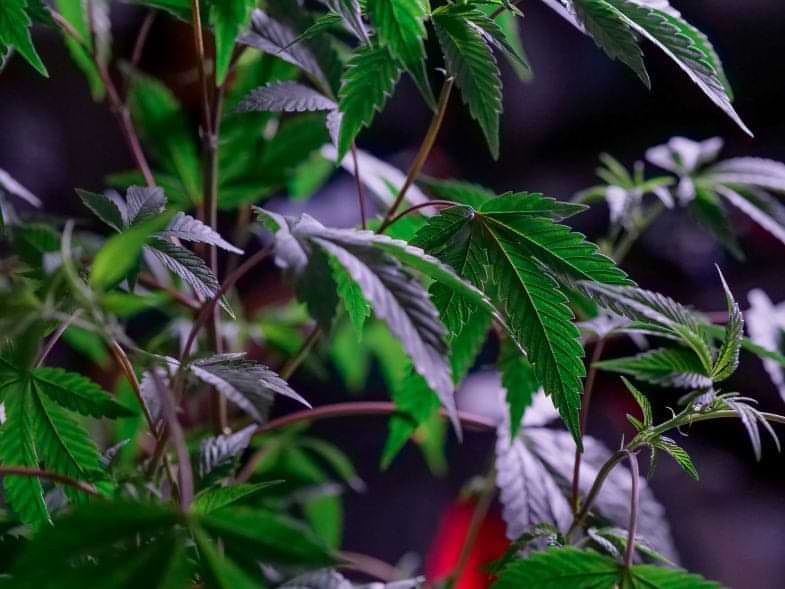

4. Coral plant (Jatropha multifida)
The coral plant, or coralbush, native to Mexico and the Caribbean, bears a striking resemblance to cannabis.
Like marijuana, the palm-shaped leaves of the coral plant are made up of leaflets that grow from a single point. The leaves comprise seven to eleven lobes, which can be confused with cannabis (which has up to eleven leaflets).
However, a closer look at coralbush leaves will reveal some distinctive differences from the grass. The leaves of the coral plant are lobed, not divided into separate leaflets like those of cannabis. Additionally, the coral plant produces clusters of bright pink flowers, unlike Cannabis sativa, which produces buds of duller shades of green and purple.
The coral plant is also easily distinguished by its unpleasant odor, which has been described as resembling cat urine. Finally, the plant emits a sticky white substance when damaged, whereas cannabis does not.
Also Read: Live Resin Cannabis Concentrate: What Is It Really About?
5. Okra (Abelmoschus esculentus)
Okra is prized around the world for its edible green pods and long-standing use in traditional medicine.
Native to tropical Asia and Africa, okra is now commonly found in tropical and subtropical gardens throughout the world.
Okra can be confused with Cannabis sativa, especially due to the similarity of the leaves of the two plants.
Okra and cannabis share broad, green, palm-like leaves and can grow quite large.
These similarities have led to some misunderstandings in the news: During an overflight, a Georgia State Patrol helicopter glimpsed okra land and sent agents on a raid.
When they realized the crop was okra and not cannabis, the patrol captain had to apologize. If the working group had examined the crop more closely, they would have realized that it was an ingredient for gumbo rather than a prohibited substance.
Okra has large white or yellow flowers, while marijuana plants have small green or purple buds and cannabis flowers. Cannabis plants have up to eleven leaflets, while an okra plant has up to seven lobes. Finally, okra is also distinguished by the large green pods that grow on the mature plants.
Conclusions
In this article, we have analyzed which are the five plants similar to cannabis and some ways to differentiate them.
So, if you are looking for quality marijuana products, visit Justbob, the leading ecommerce in the sector that offers safe and legal CBD products.
We are waiting for you at Just bob, see you soon!



